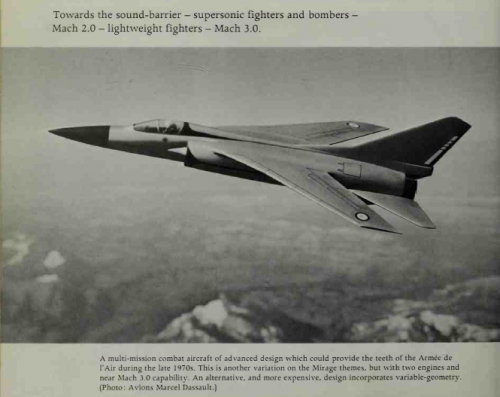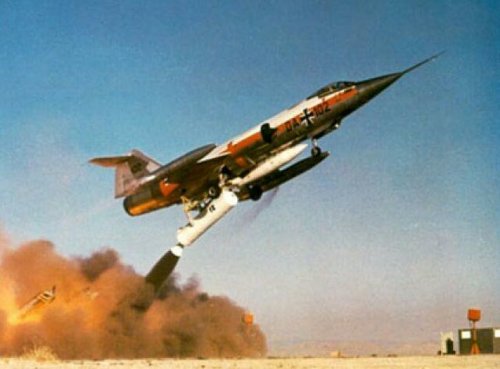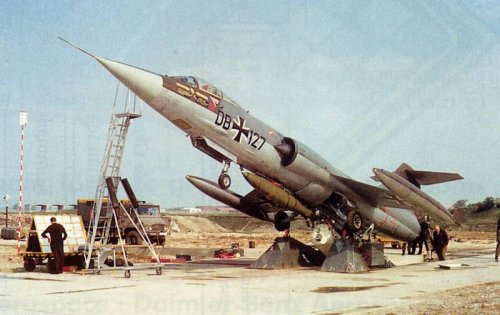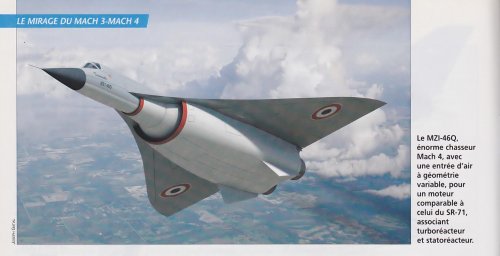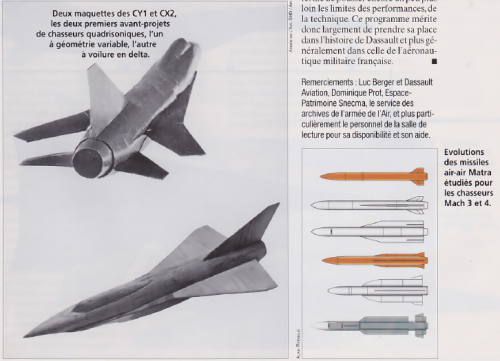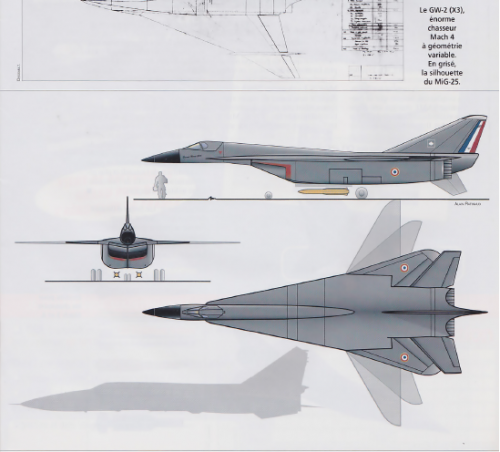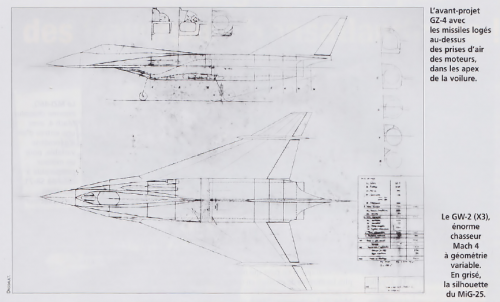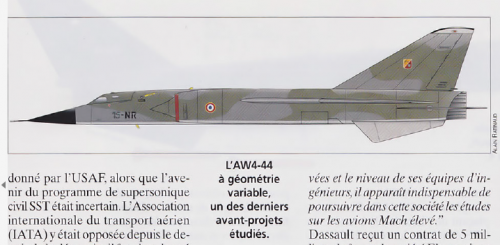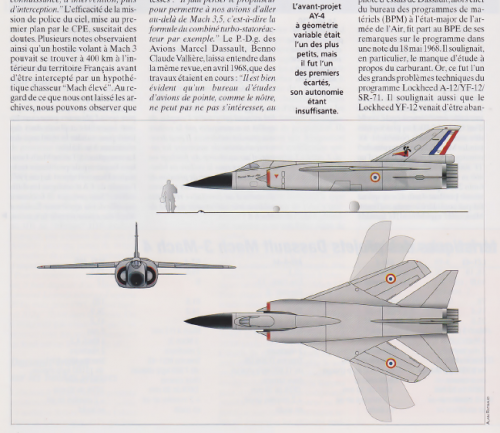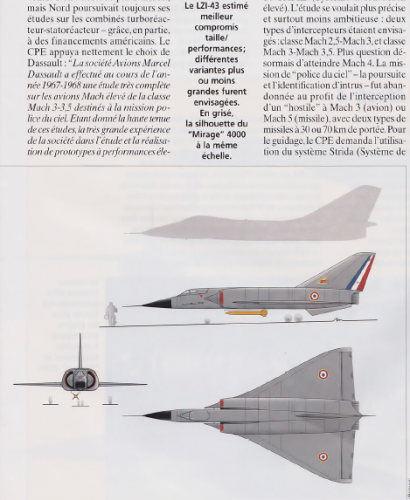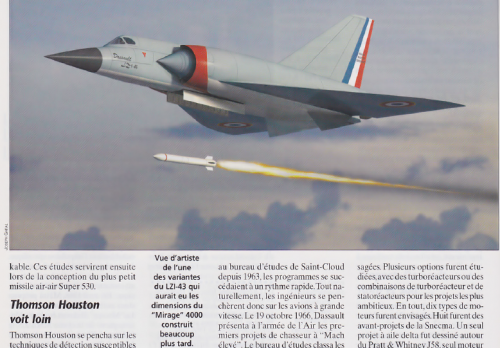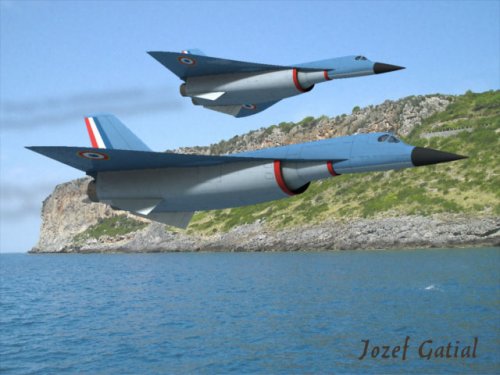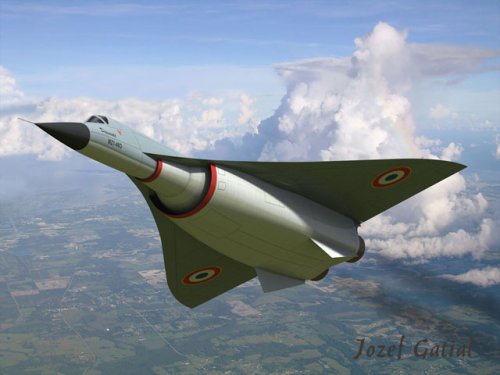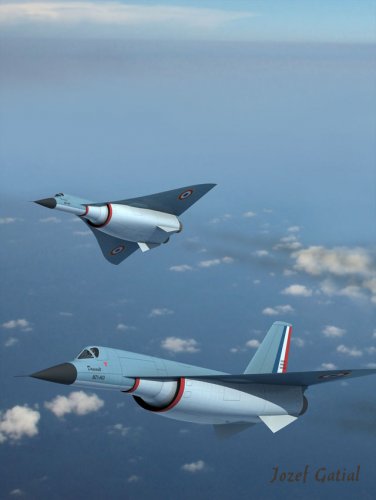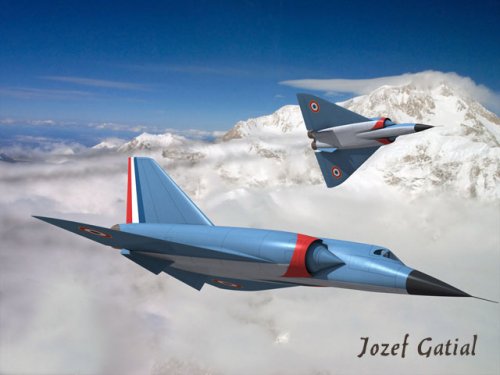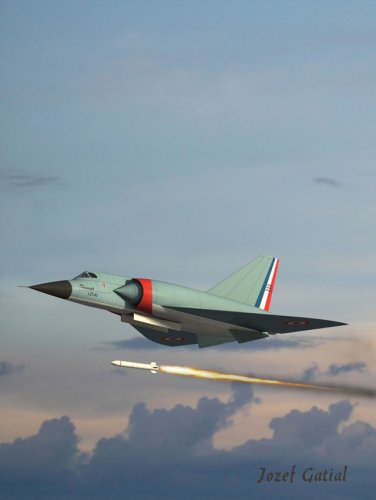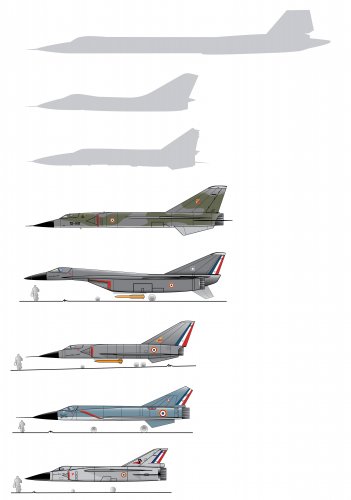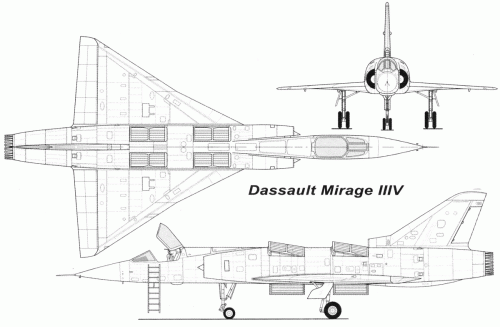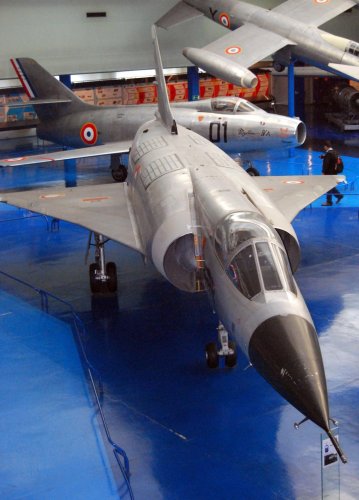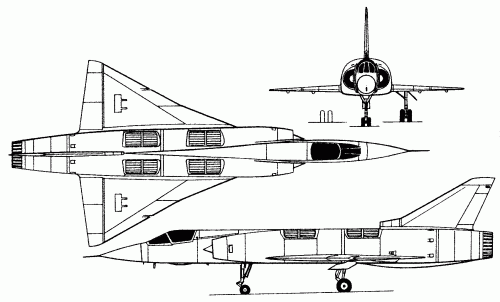Luftwaffe Selection was all to do with US nukes.
Iverson's posts 260/269/283; Jemiba's 256; gal's 257: it is so, IMHO.
(France was a full Member of all NATO forums until 1966). FRG joined 5/5/55 and its Rearmament began promptly to share the job of facing Red mass. US Mutual Security Program (continuing to 1961) funded much Allied kit (though not for UK after 6/54, which is why Sandys had to chop so much, 4/57: Ike perceived UK pitching Comets, Britannias and Viscounts while claiming subsidy for Hunters, Javelins et al - MSP was only to be granted for "extra" buys which the recipient could not otherwise afford).
In the 1955-57 timeframe US developed lightweight nukes; NATO's Plans were for very prompt recourse to "tactical" nukes, cheaper than trying to match the weight of Red flesh. So, starting 21/5/57, US developed Memoranda of Understanding with UK for target co-ordination and joint manning (dual key, key to the cupboard) of a range of ordnance. First to be deployed was Honest John SSM in Turkey, though initially with HE warhead. Mark 5 on Valiant was 1/10/58, Mark 7 on Canberra B.6, 2/7/59, Thor IRBM RAF- manned, 1/7/60. BAOR's SSMs and howitzers joint-manning was settled under Heidelberg Agreement, 30/8/61. All the procedures established US:UK were then read across to other Allies.
FRG Aero was set up with MSP Aid, initially to assemble, then to produce much. The domestic political intent was to move up from tin-bashing into original design; but "Offset" obligations required FRG to ease the foreign exchange drain of Visiting Forces. So:
1959: what to do to replace F-84F, CL-13? In design, obviously: straight to V/STOL; but in production...something to bridge, after F-84F, before something exotically runwayless. Maybe 300 aircraft to be operated for the 1964-68-ish slot. But not a simple update from 1st. generation, so no F-100D (the hindsight blindingly obvious solution, taken by most sensible folk, inc. France). In 1959 US had not addressed the issue, so FRG sought: strike, nuke-capable, with noble work ("technology transfer") relevant to the V/STOL schemes.
Lockheed agreed transfer of total local airframe production capability and mumbled vaguely about sourcing bits for Third Party sales; so did Litton on IN (except that the gyro package would be a sealed lifed item - that was a US State Dept. norm, extending to airline buyers); so did Autonetics on NASARR; so did GE on J79. All this with US DoD blessing. It was presented as FRG industry pushing the frontiers of science - F-104Germany. No-brainer. No-one paused to wonder why USAFE was not also on board.
Operations issues were almost irrelevant; brochures from various were makeweight bumff. Baseline made-in-USA prices would be US DoD-confirmed under standard Foreign Military Sales procedures; local DM spend would be controlled by BWB Koblenz, as standard; where's the risk, what's to go wrong? It was all sort-of-free, as FRG must anyway spend vast sums on something from US.

